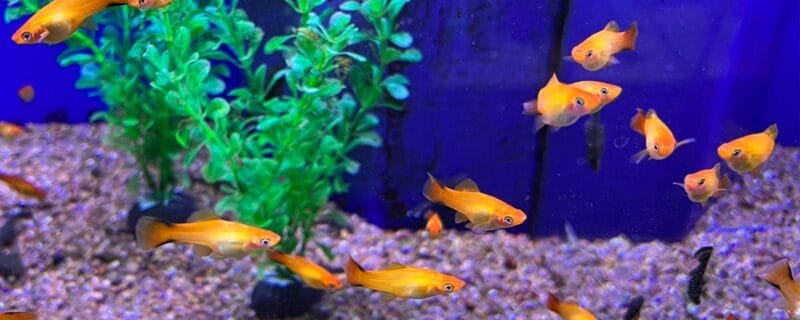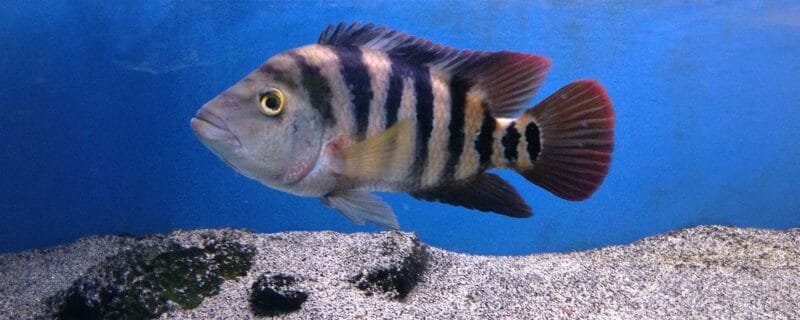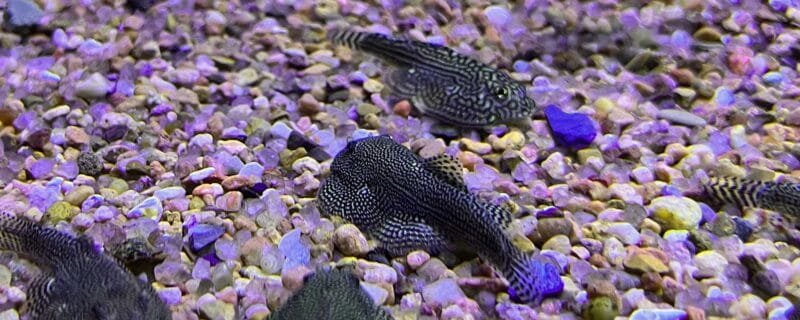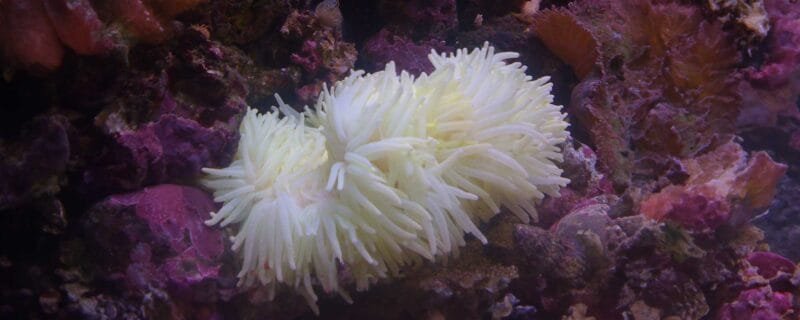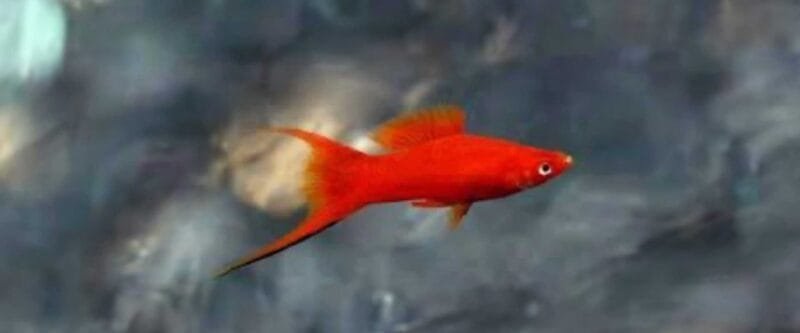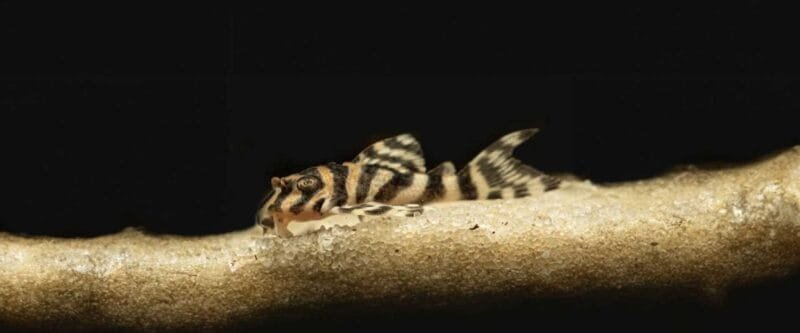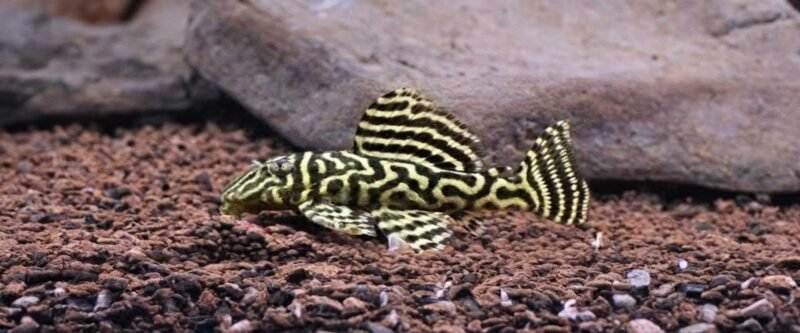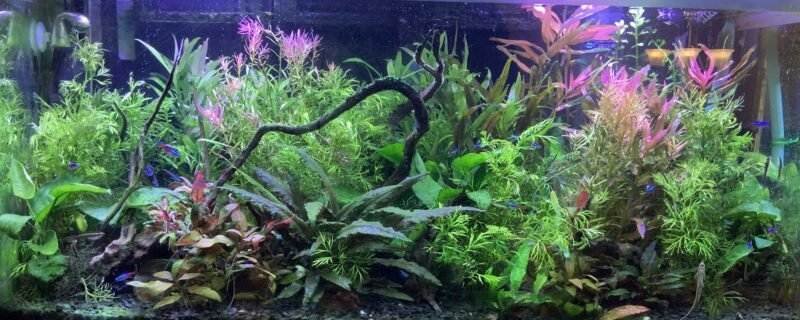The Colorful World of Guppies: A Guide to Poecilia Reticulata
The Guppy, scientifically known as Poecilia reticulata, is a beloved and iconic freshwater fish species that has captured the hearts of aquarium enthusiasts for generations. Renowned for its vibrant colors, adaptability, and ease of care, the Guppy is a popular choice for both beginners and experienced aquarists. In this comprehensive blog post, we’ll take a deep dive into the captivating world of Guppies, exploring their scientific and common names, size, natural habitat, community tank compatibility, dietary preferences, alternative names, gender differentiation, and more.
Scientific and Common Name: Poecilia Reticulata
Size: Guppies are among the smaller fish species, typically reaching lengths of 1.2 to 2.4 inches (3 to 6 centimeters).
Native Habitat: Guppies hail from the warm waters of northern South America, primarily in regions of Venezuela, Trinidad, and northern Brazil. They thrive in slow-moving, shallow waters such as streams, ponds, and roadside ditches.
Habitat and Behavior: In the wild, Guppies inhabit densely vegetated areas, where they use their agility to navigate through aquatic plants. They are known for their social behavior, often found in schools or shoals.
Community Tank Compatibility:
Guppies are renowned for their peaceful nature, making them excellent candidates for community aquariums. They coexist harmoniously with a wide range of tankmates, including other peaceful fish species like tetras, mollies, and platies.
Diet:
Guppies are omnivorous and have a varied diet that includes:
- Commercial Fish Food: High-quality flakes or pellets designed for tropical fish are a staple in their diet.
- Live and Frozen Foods: Guppies relish live or frozen treats such as brine shrimp, daphnia, and bloodworms.
- Vegetable Matter: They may also nibble on algae and enjoy occasional offerings of blanched vegetables like spinach or zucchini.
Alternative Names:
Besides Guppy, these fish are sometimes called Rainbow Fish, Millionfish, or Fancy Guppies, depending on their specific varieties.
Distinguishing Males from Females:
Identifying the gender of Guppies is relatively straightforward:
- Coloration: Male Guppies often exhibit more vibrant and colorful patterns than females. They are known for their strikingly colorful tails and fins.
- Body Shape: Females tend to have larger, rounder bodies, especially when carrying fry (baby Guppies).
- Gonopodium: Males have a modified anal fin called a gonopodium, which is used for mating. Females lack this feature.
Varieties and Colors: Guppies come in an astonishing array of colors and patterns. Some popular varieties include the Moscow, Cobra, and Delta Tail Guppies, each boasting its unique aesthetic appeal.
Conclusion:
Guppies – Nature’s Masterpiece
Guppies (Poecilia reticulata) are living masterpieces that bring color, vibrancy, and joy to aquariums worldwide. Their ease of care, adaptability, and captivating beauty make them a favorite among aquarists of all levels. Whether you’re embarking on your first aquarium journey or adding to an established community, the Guppy’s enchanting presence will brighten your aquatic world and remind you of nature’s boundless creativity.


